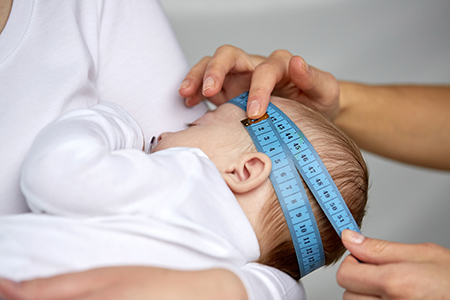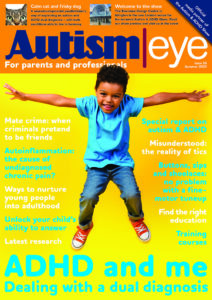Boys with autism tend to be born smaller than typical peers – but then have faster growth and overtake them by the age of three, according to a new study.
On average they had smaller heads, were shorter and weighed less at birth. After that they put on a growth spurt.

Indication of autism: head sizes of boys with ASD tended to be smaller than average at birth, but bigger by the age of three
Autism link to rapid growth
The findings are among the first to link autism to rapid skeletal growth.
The results are from the largest longitudinal study of skeletal growth in infants and toddlers with ASD, the researchers claim.
A longitudinal study is where researchers gather data for the same subjects repeatedly over a period of time.
Skeletal growth dysregulation
‘The results confirmed that male infants and toddlers with ASD exhibit skeletal growth dysregulation early in life’, the study concluded.
The researchers were from the Olga Tennison Autism Research Centre at La Trobe University in Melbourne, Australia.
They compared the maternal and child health records of 209 boys who live in Victoria, a state in south-eastern Australia.
Dr Cherie Green was one of the lead researchers on the project. She said the study included 135 boys with ASD and 74 of their typically developing peers.

Dr Cherie Green: “Our findings add to increasing evidence from around the world that male infants and toddlers with autism grow at an irregular rate
Increasing evidence
“Our findings add to increasing evidence from around the world that male infants and toddlers with autism grow at an irregular rate,” Dr Green said.
“Another strength of the current study was that it included participants from across the autism spectrum, whereas many previous studies have focused only on high-functioning individuals.”
She added: “This is just one more piece that feeds into the larger picture and might help us better understand the disorder.”
Study into adolescence
Dr Green is now working to identify whether the growth dysregulation that occurs throughout infancy and toddlerhood persists into adolescence.
La Trobe conducted the research in collaboration with the University of Melbourne. The researchers published their findings in Autism Research,
Related:
Published: 27 July 2018















